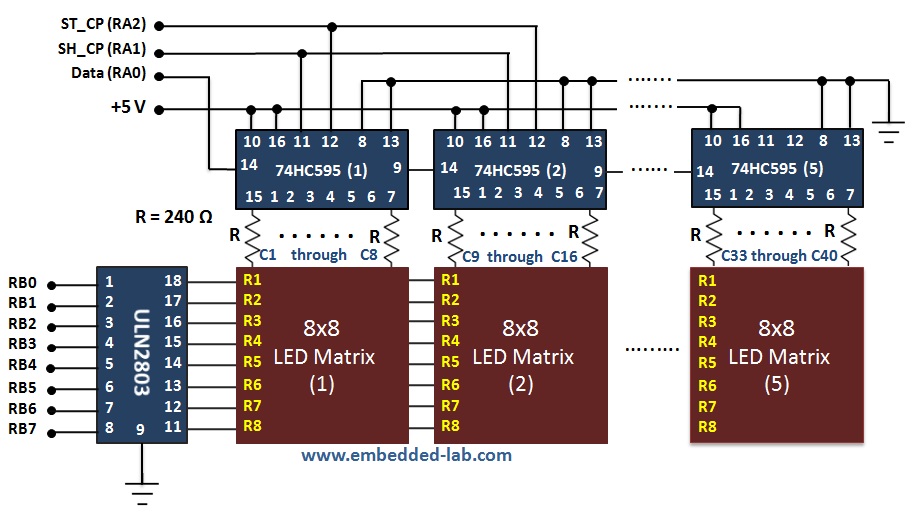Weekend offer: 30% OFF on 8-digit (double row) SPI 7-segment LED displays
We are offering 30% OFF (coupon code BDEA254) on SPI7SEGDISP8.56-2R this weekend (May 31 – Jun 2, 2012). SPI7SEGDISP8.56-2R is a MAX7219-based seven segment LED display board with 8-digits which are arranged in two rows of four. The MAX7219 allows you full control of all the digits and decimal points through three I/O pins of a microcontroller. The communication interface is SPI-compatible, and the brightness of the LED segments can be controlled through software. Key Features: 3-wire SPI interface double row of 4-digit displays (0.56″) operates at +5V supply individual control of all digits and decimal points 16 levels of
Read more
